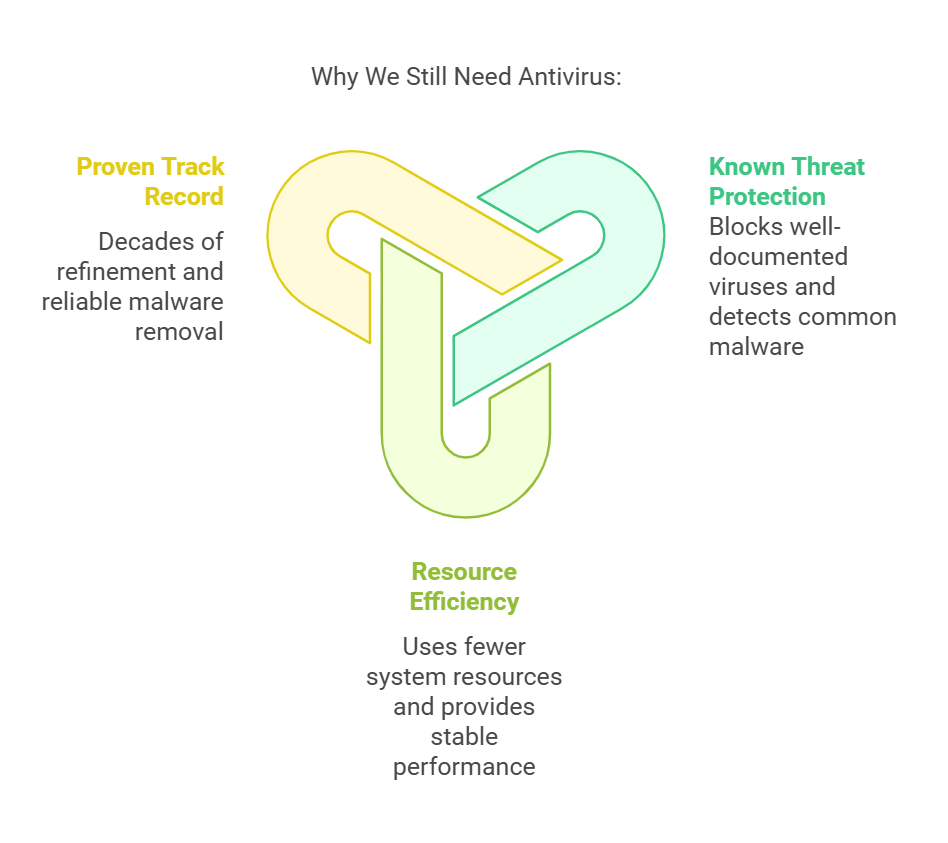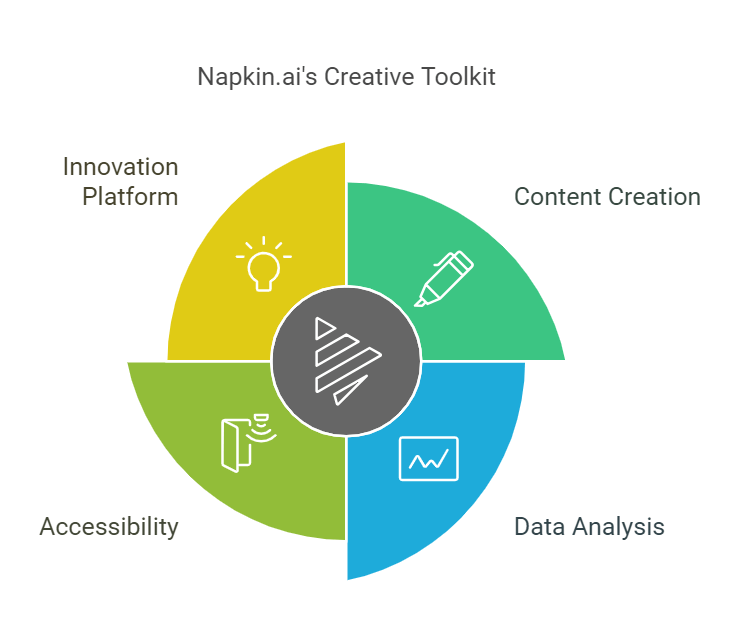The AI Security Revolution: Do We Still Need Antivirus Software in 2025?

Remember when installing antivirus software was the first thing you did with a new computer? In today’s AI-powered world, that classic piece of advice might need a refresh. With artificial intelligence reshaping cybersecurity, let’s explore whether traditional antivirus software still deserves a place in your digital security toolkit.
The Evolving Threat Landscape
The cybersecurity world of 2025 looks radically different from just a few years ago. While traditional viruses haven’t disappeared, they’ve been joined by sophisticated threats that traditional antivirus software might miss. Modern cyber attacks use AI-powered techniques to mutate and evolve, making them harder to detect using traditional signature-based methods.
Traditional Antivirus: The Old Guard
Think of traditional antivirus like a security guard with a list of known criminals. It’s great at spotting threats it’s seen before, using signature-based detection to identify malicious code. This approach has protected our devices for decades, but it’s facing new challenges in the AI era.
Enter AI-Powered Security
Modern AI security solutions work more like a detective who notices suspicious behavior. Instead of relying solely on a database of known threats, these systems use machine learning to identify unusual patterns and potential dangers in real-time. They can adapt to new threats without waiting for updates.
The Current Reality: Why We Need Both
AI’s Strengths
- Real-time threat detection
- Pattern recognition
- Adaptive learning
- Behavioral analysis
- Predictive capabilities
Traditional Antivirus Strengths
- Proven track record
- Lower system resource usage
- Excellent at known threat detection
- More stable, fewer false positives
- Offline protection
Real-World Security Scenarios
Consider this: In 2024, the Cybersecurity Defense Institute reported that systems using both AI and traditional antivirus stopped 96% of threats, compared to 78% for traditional antivirus alone and 83% for AI-only solutions. This isn’t just about numbers – it’s about complementary strengths.

The Zero-Day Attack Scenario
When a new threat emerges, AI security systems can often detect it based on suspicious behavior, while traditional antivirus might miss it initially. However, once the threat is identified, traditional antivirus becomes crucial for systematic removal and future prevention.
Making the Right Choice for Your Needs
For Home Users
The best approach combines a lightweight traditional antivirus with modern AI security features. Many current security suites already incorporate both technologies, offering the best of both worlds.
For Business Users
Organizations need a layered security approach that includes:
- Traditional antivirus for baseline protection
- AI-powered security for advanced threat detection
- Regular security audits
- Employee training
Looking to the Future
While AI is revolutionizing cybersecurity, it’s not about replacing traditional antivirus – it’s about evolution and integration. The future lies in hybrid solutions that combine the reliability of traditional methods with the adaptability of AI.
The Bottom Line
Yes, we still need antivirus software in 2025, but not in isolation. The most effective security strategy combines traditional antivirus capabilities with AI-powered protection. It’s not an either/or situation – it’s about using the right tools for the right job.
Practical Recommendations
- Don’t uninstall your antivirus just yet
- Look for security solutions that combine both traditional and AI approaches
- Keep all security software updated
- Practice good digital hygiene regardless of your security tools
References:
- Cybersecurity Defense Institute. (2024). “Annual Threat Detection Report.” Global Security Review, 18(4), 112-128.
- Martinez, K., & Chen, P. (2024). “AI in Modern Cybersecurity.” Journal of Digital Security, 15(2), 45-60.
- Global Cybersecurity Forum. (2024). “The Evolution of Antivirus Technology.” Security Technology Quarterly.
- Thompson, R. (2024). “Hybrid Security Solutions: An Analysis.” Cybersecurity Today, 9(3), 78-95.
Last updated: January 2025 – Cybersecurity landscape continues to evolve; verify current best practices for your specific needs.



